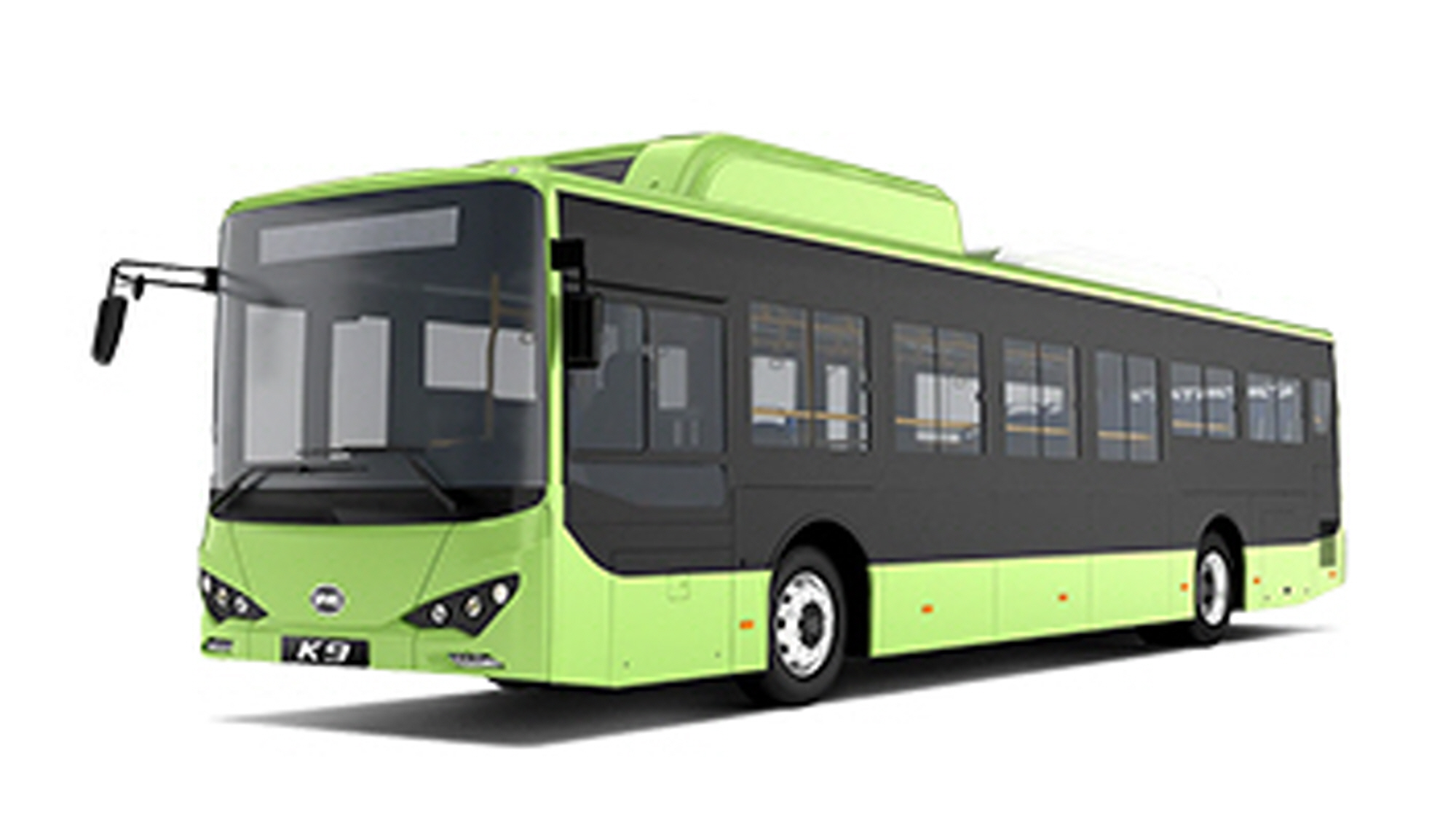
This year, electric vehicle subsidies have been confirmed. Currently, the electric vehicle subsidy scheme possesses numerous issues and loopholes. Let’s discuss them one by one.
Firstly, there has been a significant reduction in subsidies for affordable electric vehicles equipped with LFP (Lithium Iron Phosphate) batteries to protect domestic products. The electric vehicle receiving the highest subsidy this year is the Kia EV6, which receives a national subsidy of 6.84 million won.
However, the ‘KG Torres EVX,’ which is being spotlighted as an affordable electric vehicle, saw its subsidy dramatically reduced from 6.6 million won last year to just 4.57 million won. As the year changed, customers wanting to purchase the Torres EVX suddenly have to pay an extra 2 million won.

The government stated that the reduction of subsidies was due to concerns about the efficiency of LFP batteries; however, it is contradictory to cut subsidies for LFP batteries, which are lighter and can drive farther compared to NCM batteries. By reducing subsidies for vehicles primarily using LFP batteries, the threshold for purchasing electric vehicles increases, and many prospective buyers may abandon their plans to purchase electric vehicles. Ultimately, this policy does not help in the diffusion of electric vehicles.
This strategy seems to hide an intention to control Tesla, which utilizes Chinese LFP batteries. It’s not merely about regulating Tesla; there is also an intent to curb the recent rise in the Chinese electric bus market. Last year, Hyundai’s domestic city buses captured a market share of 47% in the electric bus sector. However, if we isolate Electric City, the market share of electric buses is dismal.
Despite launching various derivatives such as County Electric and Universe hydrogen buses, they were not enough to withstand the coalition of Chinese products. Eventually, the subsidies for electric buses with LFP batteries were slashed by more than half. For example, the subsidy for the BYD electric bus e-9 was 49 million won last year but has decreased drastically to 23.1 million won this year. Even in the previous year when subsidies were slashed by 70%, there wasn’t much reaction from transportation company owners, leading to an additional substantial reduction in subsidies and further raising the barriers for entry against Chinese electric buses.

There are issues at hand. Reducing the subsidies for electric vehicles powered by LFP batteries is expected to lead to an increased sales of domestic electric vehicles. However, the Ioniq 5, which Hyundai touts as their flagship model, alongside Kia’s EV6, ends up costing in the high 40 million won range even after subsidies. This price range is comparable to most domestic internal combustion engine vehicles.
On the other hand, with the subsidy reduction, the price of the Torres has actually increased. As a result of the 6.6 million won subsidy last year, the price for the Torres E5 was 38.90 million won, but this year it stands at 40.93 million won with only 4.57 million won in subsidies, marking an increase of 2.03 million won. In this situation, KG Mobility suddenly reduced the price of the Torres EVX by 2 million won, adjusting the actual price hike to just 30,000 won, meaning that the actual purchase price went from 38.90 million won to 38.93 million won.
The timing of deciding electric vehicle subsidies is also problematic. Currently, the electric vehicle subsidy system is announced in late February, resulting in most automakers not making significant sales in the early two months of the new year. The industry holds off sales, waiting for the government’s subsidy decision. Subsidies distort the market dynamics. They ought to be decided in November or December of the previous year to avoid a sales vacuum at the start of the new year.
Written by Sang-jin Lee daedusj@autodiary.kr

